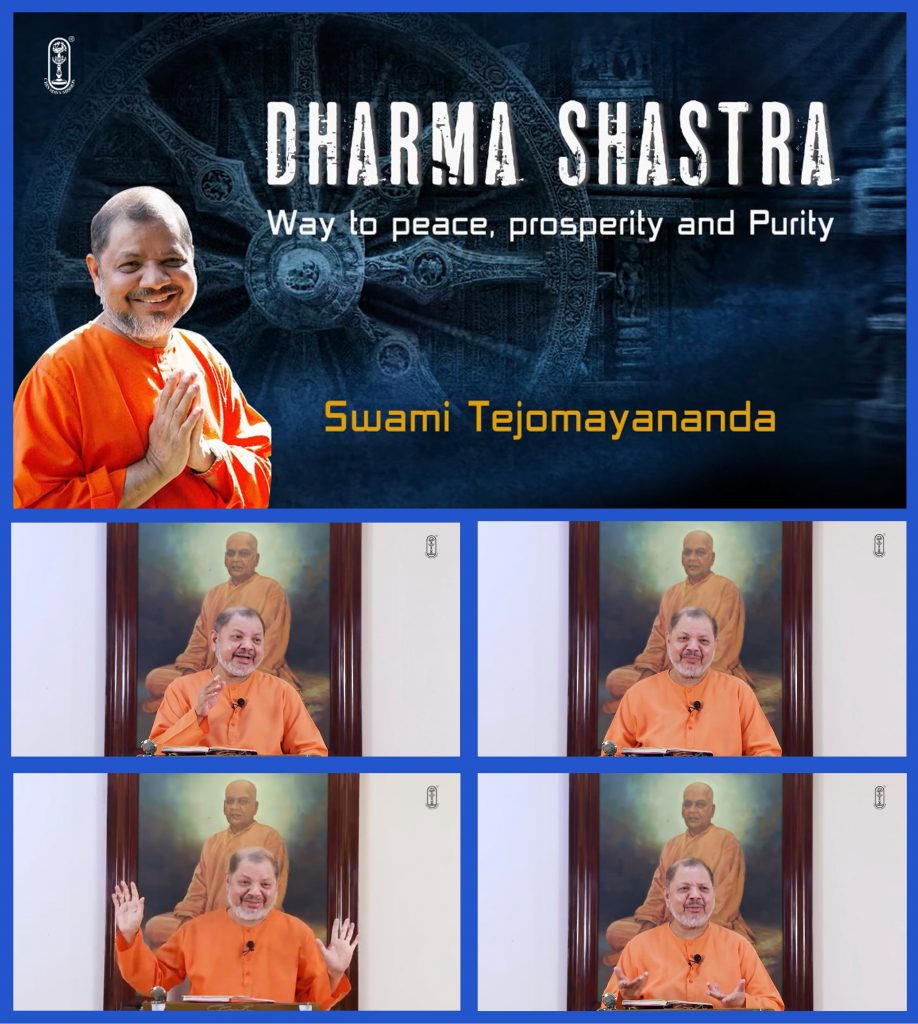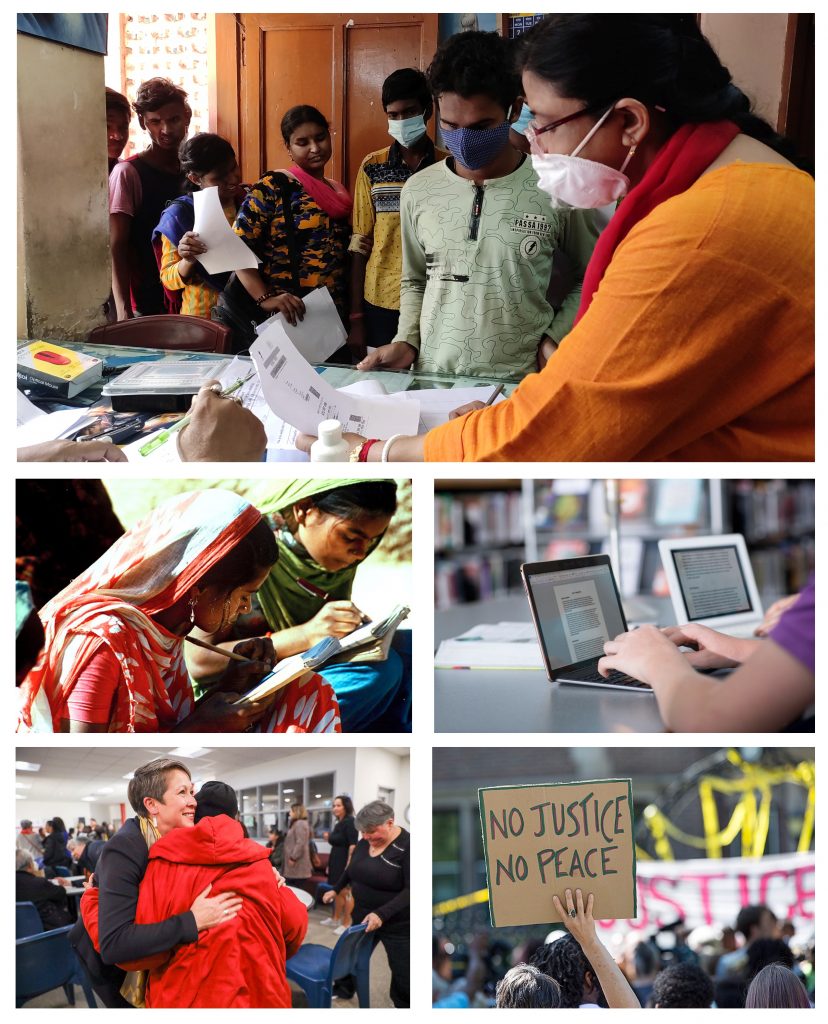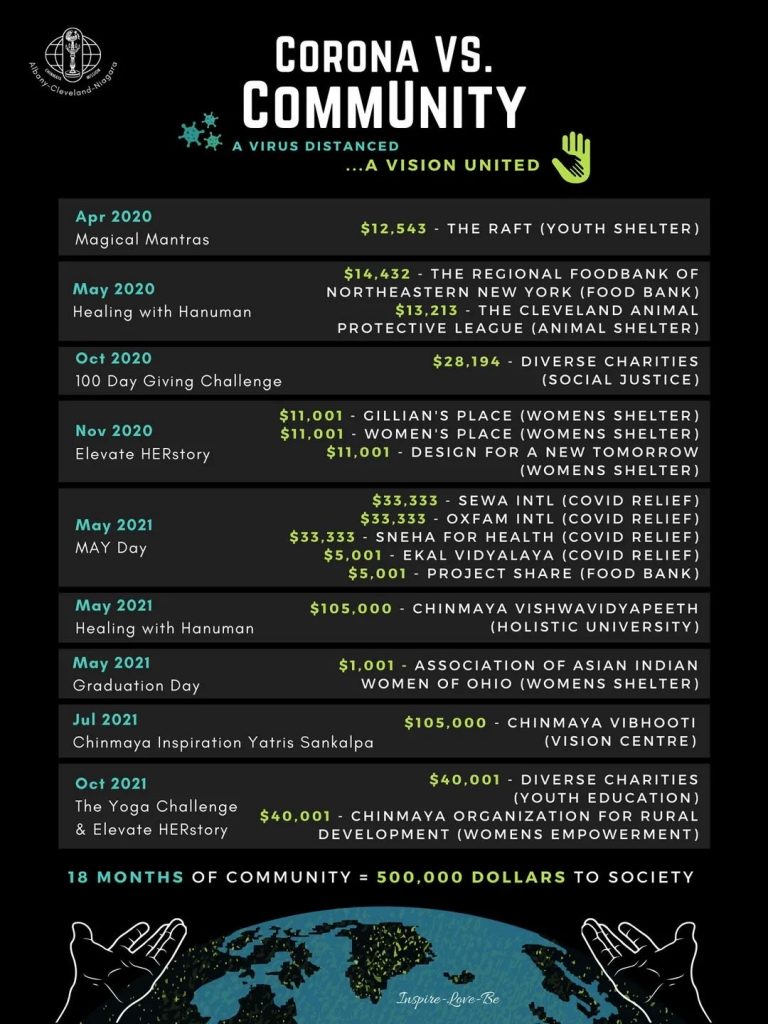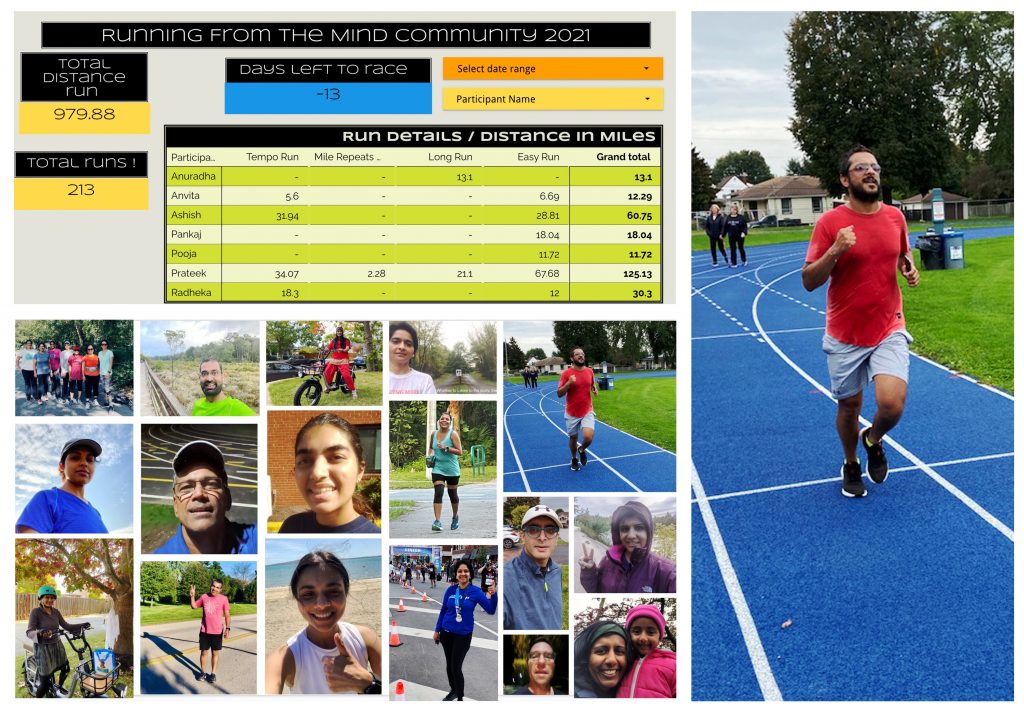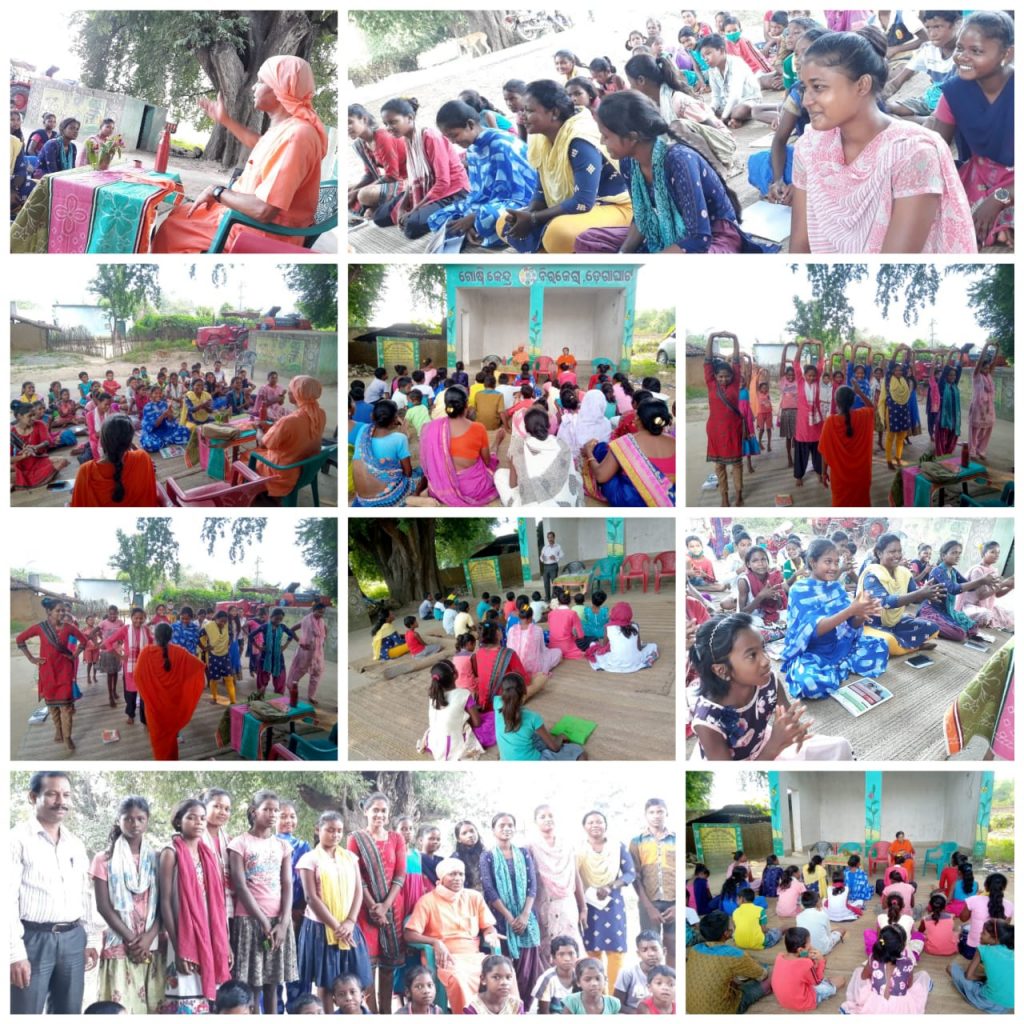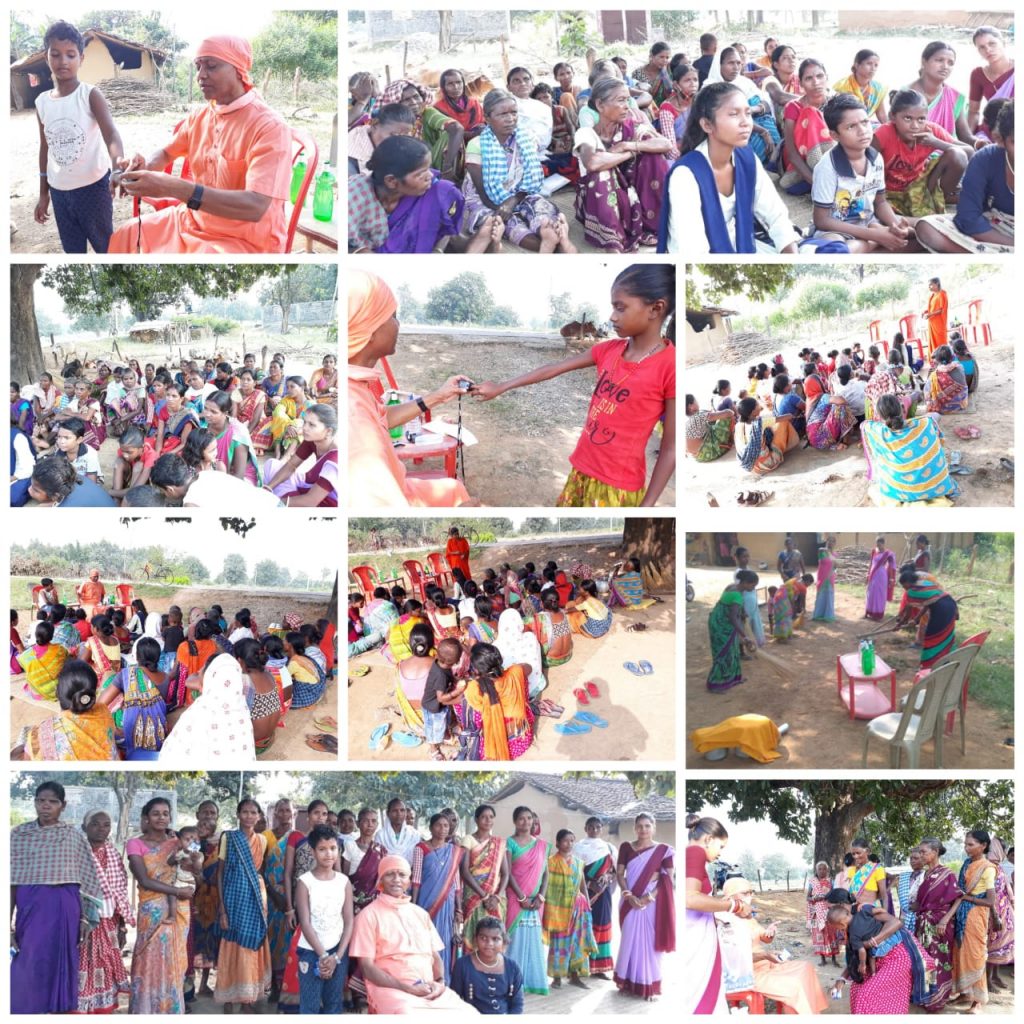The world we live in today is increasingly focused on material fulfillment. While chasing this intangible success, we find ourselves in never-ending pursuit of the impermanent. The enchantment with the glitter and glamour that accompanies the perception of a charmed life, more often than not, turns out to be a mere illusion. Realizing its impermanence, we are thrown into a pool of dissatisfaction and discontentment.
Talking of temporary happiness, I am reminded of Pujya Gurudev’s wisdom from the days I spent with him as a youth. Once while sipping a hot beverage to soothe his throat, Gurudev pondered upon the happiness derived from the sensory gratification of the hot drink. When he left the room, we were left to ponder about this simple act of savoring something hot or cold, and our experience around it.
Gurudev’s invaluable lesson was couched in the impermanence of pleasure, very similar to the story of Mother Sita and the golden deer from Ramayana. This further entrenches the query – can sensory objects give eternal peace and joy?
The fleeting distraction
In the glorious Ramayana epic, the majestic queen Sita was relegated to the forest for fourteen years with Rama and Lakshmana, where they made their home in the woods of Panchvati. Having adapted to her new life, Sita was one day fascinated by an alluring golden deer, grazing near their humble hut. Despite her better wisdom, Sita found it difficult not to be mesmerized by the beauty of its magnificent shimmering hide and silver spots.
The temptation to have it for herself grew so strong that she requested her beloved, Rama, to capture the object of her intrigue. She was completely enraptured by her desire to pet the animal and dwell in its softness and beauty. It is important to note that it’s not the object of obsession that creates the temptation; but the mind which, thwarted by its inability to gain the desired sensory experience, intensifies the thought. Hence, it is Sita’s relationship with the deer that caused her grief and anguish by its absence.
The fall of virtue
In this state of a heightened want for the sensory experience, it’s easy to fall prey to negative emotions. Hearing a cry from afar, Sita feared that her beloved, Rama, had been struck or wounded. She urged Lakshmana to rush to his rescue. In this turmoil of emotions caused by unfulfillment, for a brief flash, Sita, an epitome of serenity and dignity, lost sight of her virtue. She accused Lakshmana of ulterior motives – to wait around her under the guise of protection. Mother Sita, a bearer of extreme poise and humility, fell prey to the sorrow that came from her unfulfilled desire, which ended in an erroneous choice that resulted in her abduction. It was this illusion that led to the war between Lord Rama and Ravana.
The lesson
The golden deer in question was none other than Maricha, the demon, who lured Sita’s attention by transforming himself into an attractive and docile animal. It is imperative to understand that the golden deer represents the sensory objects we are attracted to in our daily lives, which appear in various shapes and forms. It is up to us to continue on our path of wisdom, without allowing the compelling urge to own us completely.
In the story Maa Sita represents our distractions, because of which we fall into a spiral of unhappiness. Our mind wanders away from the focus of mindful and sensible actions, only to be captivated by illusions that are released into a well of disappointment.
Staying focused
When our mind wanders away from the goal, we often find ourselves on the path of compromise. The ability to distinguish the good from the bad slowly diminishes. In the Bhagavad Gita, Shri Krishna cautions,
When a man thinks of objects, attachment for them arises; from attachment, desire is born; from desire arises anger.
From anger comes delusion, from delusion loss of memory; from loss of memory, the sense of discrimination is destroyed and with that he perishes.
We may be content and at peace, but as soon as lust for an object arrests the mind, we begin dwelling on it. Thus deviated from our spiritual goal, it gives rise to attachment. We can achieve our goal of a balanced state by being in the realm of moderation and righteousness, and by mastering self-realization within the boundaries of Dharma. Let’s aim to live with wisdom, light and divinity, and practice the golden Dharma within.
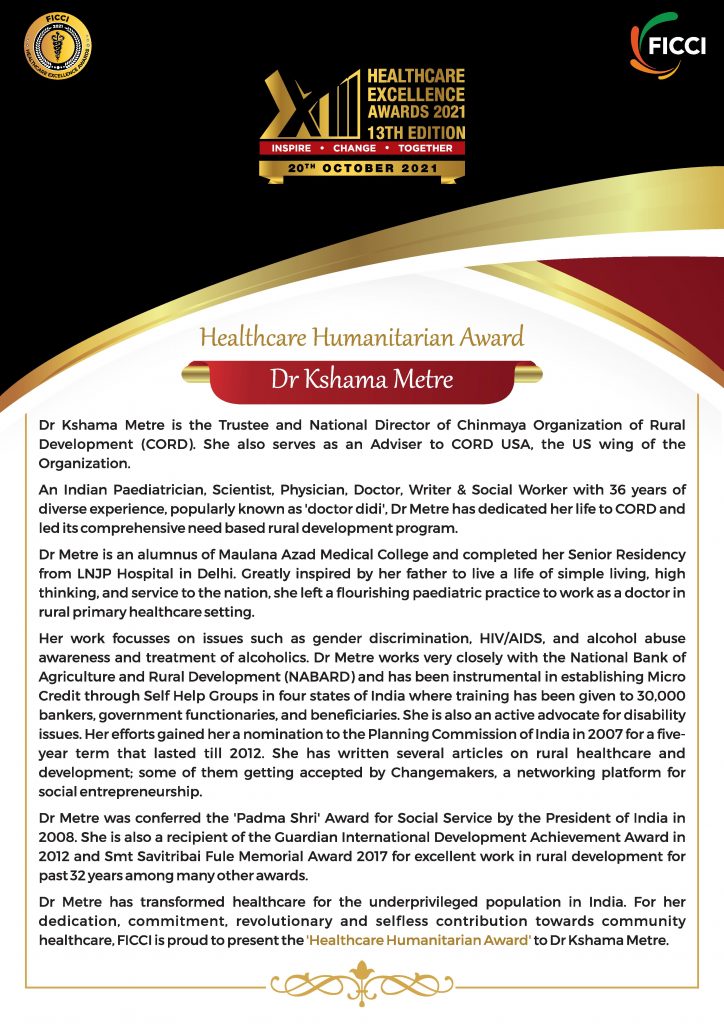
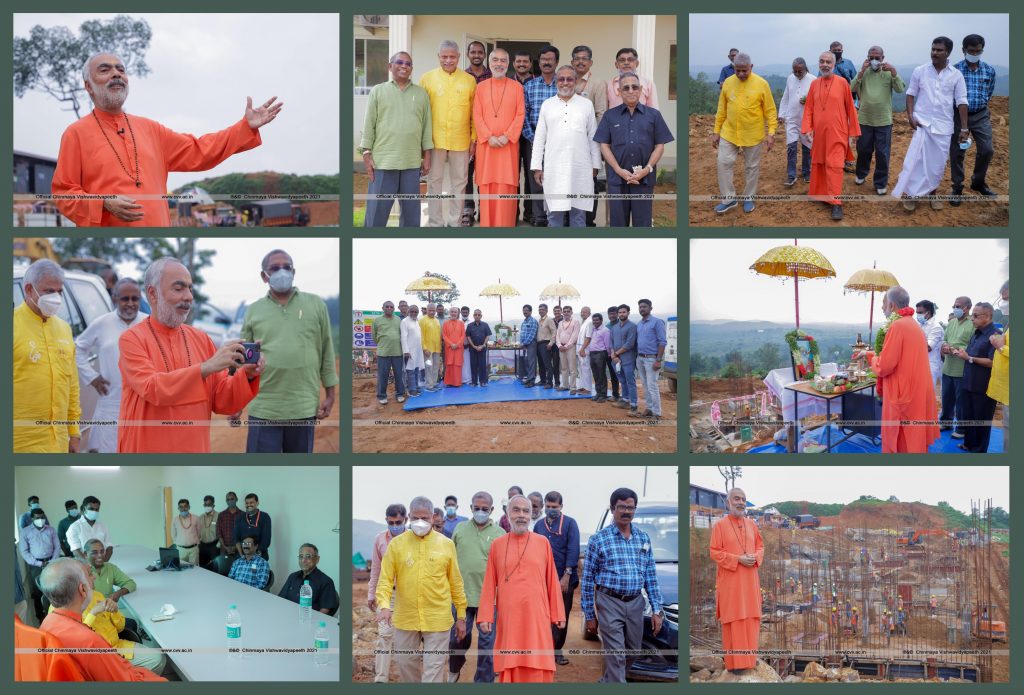
 Transformational Stops
Transformational Stops 
